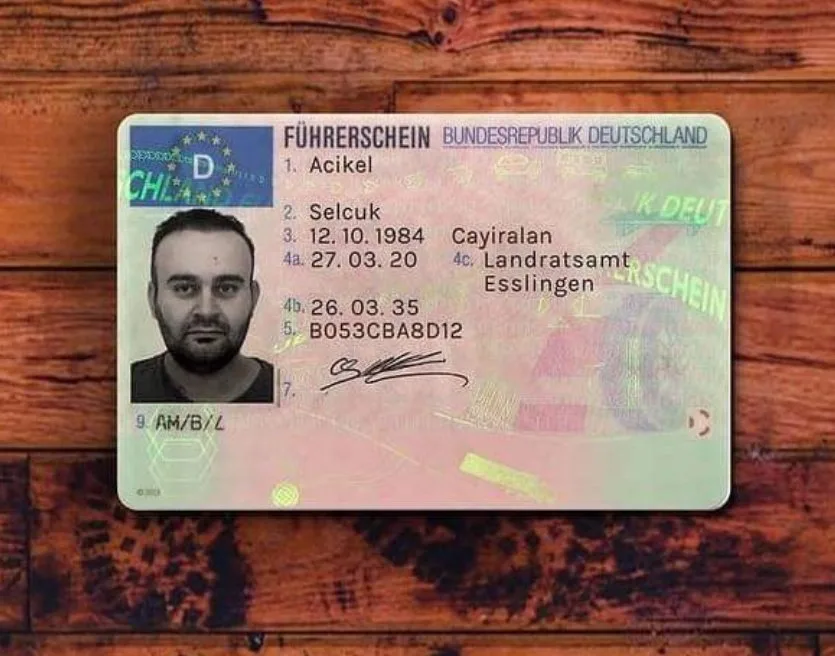Finding out to Drive Without a Test: Exploring Alternative Paths in Driver Education
In a period where convenience and innovation dominate the landscape of education and abilities acquisition, the traditional design of discovering to drive-- finishing an extensive test to earn a driver's license-- has actually come under scrutiny. For numerous, the process of supporting the wheel, studying hard, and passing both a written and useful driving test can be intimidating. Nevertheless, emerging trends and alternative techniques to driver education recommend that there might be methods to find out to drive without feeling the pressure of a formal testing environment.
Understanding the Traditional Model
Generally, earning a driver's license requires prospective chauffeurs to undergo a series of tests designed to evaluate understanding and practical skills. These include:
Written Test: This assesses understanding of the rules of the road, traffic signals, and safe driving practices.
Practical Driving Test: Applicants must demonstrate their capability to operate an automobile securely and in accordance with traffic laws.
While this model makes sure that all drivers satisfy a minimum requirement of skills, it can be a source of stress for numerous students. The worry of failure, combined with the logistics and cost associated with testing, can hinder individuals from acquiring their license completely.
resources of Learning to Drive
Driving School Innovations: Many driving schools have begun to offer more customized education programs that enable trainees to learn at their own pace. These programs frequently include one-on-one guideline with certified driving instructors who focus on structure confidence rather than pressuring trainees to pass a test. Some modern driving schools even incorporate online modules where students can study the rules of the road in a more relaxed setting before entering the car.
Simulated Driving Experiences: Advances in technology have resulted in the creation of advanced driving simulators. These can provide valuable experience without the risk of accidents. Learners can practice their skills in different weather conditions, traffic situations, and driving scenarios that they may not experience in typical driving classes. This hands-on technique to knowing can enhance a trainee's skills and self-confidence behind the wheel.
Peer-to-Peer Learning: Informal driving practice with friends or member of the family can likewise function as a feasible alternative to traditional techniques. While this technique does not entirely eliminate the need for official testing, it enables individuals to gain convenience and experience behind the wheel without the anxiety of an official examination. Friend or family can supply assistance and feedback, making the learning procedure less intimidating and more helpful.

Flexible State Regulations: Some areas are starting to reconsider their obligatory testing policies, especially for particular demographics, such as veterans or people with disabilities. These changes show a growing recognition that life experiences and driving practices may not always line up with conventional testing requirements. Advocacy for a more holistic method to assessing driving skills is ending up being a topic of conversation in lots of legal circles.
Private Certifications: In particular locations, individuals may explore choices that focus more on mentorship and more secure driving behavior rather than traditional tests. Certification through community programs or recognized organizations that endorse experiential learning could motivate safe driving while bypassing the standard testing route.
The Benefits and Drawbacks
While discovering to drive without an official test offers lots of possible benefits-- such as lowering stress, cultivating a more inclusive environment for students, and concentrating on skills over testing stress and anxiety-- it also raises concerns. führerschein schwarz kaufen argue that getting rid of formal evaluations could result in inconsistencies in driver readiness, possibly compromising road security.
Additionally, conventional testing serves not only as an evaluation of skills, but as a standardized criteria that guarantees all motorists possess the required knowledge to browse the roads securely.
Conclusion
The landscape of driver education is evolving. As alternative methods of discovering to drive gain traction, striking a balance in between versatility and security is critical. While it is clear that there are avenues for discovering to drive without the pressure of an official test, ensuring that all chauffeurs preserve a high requirement of security must stay a concern. In the future, we might see more customized techniques to driver education that accommodate various discovering styles, ultimately leading to much safer, more positive chauffeurs on our roads.
